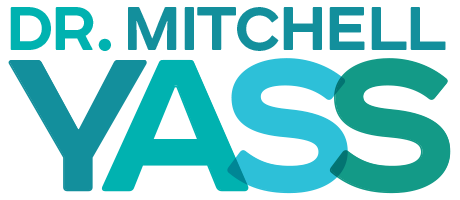When a person has pain at the neck, the lower back or the groin, the medical establishment typically looks to an MRI or x-ray to identify the cause. If a structural variation like a herniated disc, stenosis or x-ray at the hip joint is found, it is immediately identified as the cause of the pain and becomes the tissue that all treatments following are directed toward. The proposition I want to make is that the body is actually presenting a symptom that can easily and quickly either confirm or refute the diagnosis. Getting any treatment based on the simple diagnostic test without confirming the diagnosis by means of this test is dangerous and perilous.
The test is designed to determine whether the pain you are experiencing is referred meaning that the pain is one location and the cause is in another or whether the pain is point tender meaning that the location of the pain and the cause of the pain are in the same place. The way to determine this is through the use of palpation which simply means feeling tissues to try to ignite the pain being experienced.
Let’s say you have pain across the neck, the lower back or in the groin. You are told that the cause is from a structural element at the spine or the hip. What is being stated is that your pain is referred. The pain you are experiencing across the neck, lower back or in the groin is coming from a different location then where you are experiencing the pain. At the neck region or lower back, the pain you are experiencing across the whole region is being initiated at the spine. The groin pain is coming from the hip. So in these cases, it is clear that what is being presented to you by the medical establishment is that your pain is being referred. Here’s what you do to confirm or refute the diagnosis. In the case of the neck or lower back, try to press on the spine at the level of the spine that the structural variation has been identified. See if you can press anywhere on the spine at that level to create the pain running across the neck or lower back. In the case of the groin, lay on your side and try to have somebody push down on the thigh bone as it enters the hip joint to create the pain at the groin. Most likely, in most of these cases, you will not be able to recreate the pain you are experiencing by pressing at the spine or the groin.
Now try to press on the outer neck or lower back or press in the groin where ever you are experiencing the pain. Most likely, in almost every case, you are going to feel your pain increase. If you press on the location where you are having your pain and the pain increases, this proves that the pain is point tender. This means that the tissue you are pressing on is the tissue emitting the pain signal. In the case of the neck, it is mostly likely the levator scapulas. In the case of the lower back, it is most likely the lower back muscles called the quadratus lumborum. In the case of the groin, it is mostly the sartorius, gracilus or hip flexor muscles.
It is this ability to confirm that the pain is point tender versus referred which immediately disqualifies the diagnosis given as the cause of the pain because the pain would have to be referred for these diagnoses to be valid. I have stopped thousands of people from getting unnecessary neck, back and hip surgeries based on using this single physical test. The body doesn’t lie. It is presenting the symptoms that allow for proper diagnosis. The key is to be able to interpret these symptoms. My method allows this to happen and with a proper diagnosis comes the proper treatment.
You can learn how to use the Yass Method by purchasing my new book, The Pain Cure Rx being published by Hay House Publishing on June 2, 2015 and getting a better undertsanding of how the method works by viewing my PBS special which initially airs on June 1, 2015 on most PBS stations.


